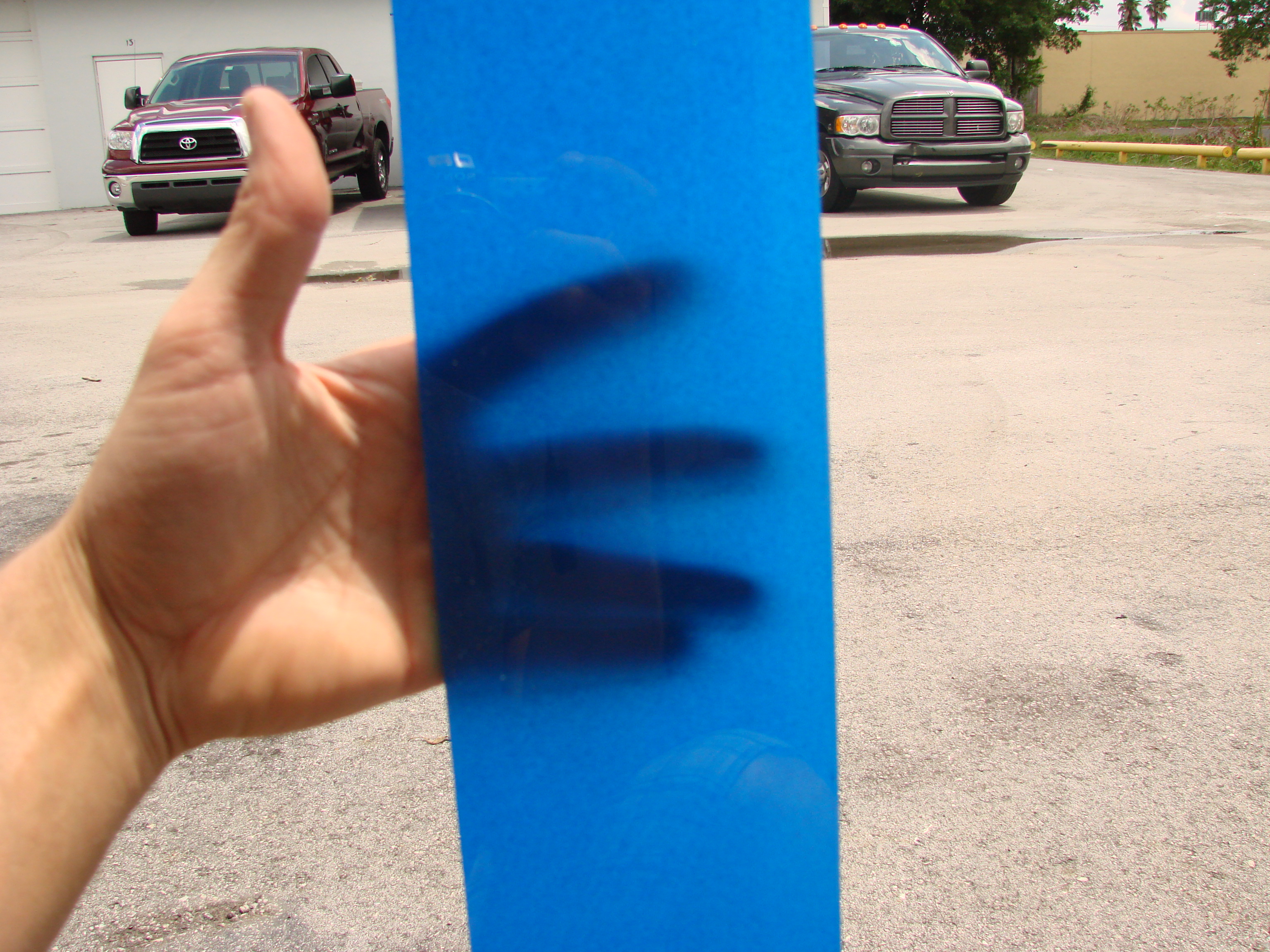

Backlit semitransparent things tend to glow because of this. Backlighting and photographing any of these elements will return very different results than if you position yourself so the light is behind you and the camera.Īs the light passes through these elements, (or anything translucent,) the rays are bent and the light is diffused before your camera records it. Water spray, steam and smoke all provide you with great opportunities to produce creative photos. The colors will appear lighter than if they are lit from the front. See how dark it is above, compared to the bright red color in the image below where it has backlighting.Īny colored liquid in a glass, or even any colored glass containing no liquid, will take on a dramatically different quality when it’s backlit. Notice how the color of the liquid appears very different in the two photos. Lighting translucency from behind means the light is refracted, (bent,) and scattered before your camera’s sensor records it.Īs you can see from the two example photos of the mad scientist with the red liquid in the flask. If you light a translucent element from the front it will look pretty normal as the light will reflect naturally. In this article, I want to share with you some ideas and examples of how to make the most of backlighting translucent objects.


Water spray, smoke, steam, and things such as flags, flowers, and fabric when backlit can take on an almost surreal quality because of the way the light refracts as it passes through these types of semi-transparent elements. We show superior reconstruction quality on a set of synthetic and real-world translucent objects as compared to previous methods that model only surface reflection.Incorporating translucent elements into your compositions can add an interesting dynamic of luminosity to your photographs. We validate our derivatives by comparing against finite differences and demonstrate the effectiveness of our technique by comparing inverse-rendering performance with previous methods. This efficiently avoids potential bias in gradient estimation due to the correlation of estimates for image pixels and their derivatives and enables correct convergence of the optimizer even when using low sample counts in the renderer. To efficiently optimize our models in the presence of the Monte Carlo noise introduced by the BSSRDF integral, we introduce a dual-buffer method for evaluating the L2 image loss. We use this differentiable rendering method in an end-to-end approach that jointly recovers heterogeneous translucent materials (represented by a BSSRDF) and detailed geometry of an object (represented by a mesh) from a sparse set of measured 2D images in a coarse-to-fine framework incorporating Laplacian preconditioning for the geometry. This introduces new types of paths requiring new methods for sampling moving discontinuities in material space that arise from visibility and moving geometry. Representing translucency using a heterogeneous bidirectional scattering-surface reflectance distribution function (BSSRDF), we extend the framework of path-space differentiable rendering to accommodate both surface and subsurface reflection. Inverse rendering is a powerful approach to modeling objects from photographs, and we extend previous techniques to handle translucent materials that exhibit subsurface scattering. On real data, we show reconstruction of a slice of soap and cut cubes of kiwi and dragonfruit. For the synthetic data, we show jointly reconstructing the shape and subsurface scattering material of a bumpy object (first from left) a spatially varying extinction coefficient texture (left bunny) and a spatially varying single scattering reflectance texture (right bunny). Reconstruction results rendered in global illumination for both synthetic (left three objects) and real data (right three objects). Reconstructing translucent objects using differentiable rendering


 0 kommentar(er)
0 kommentar(er)
